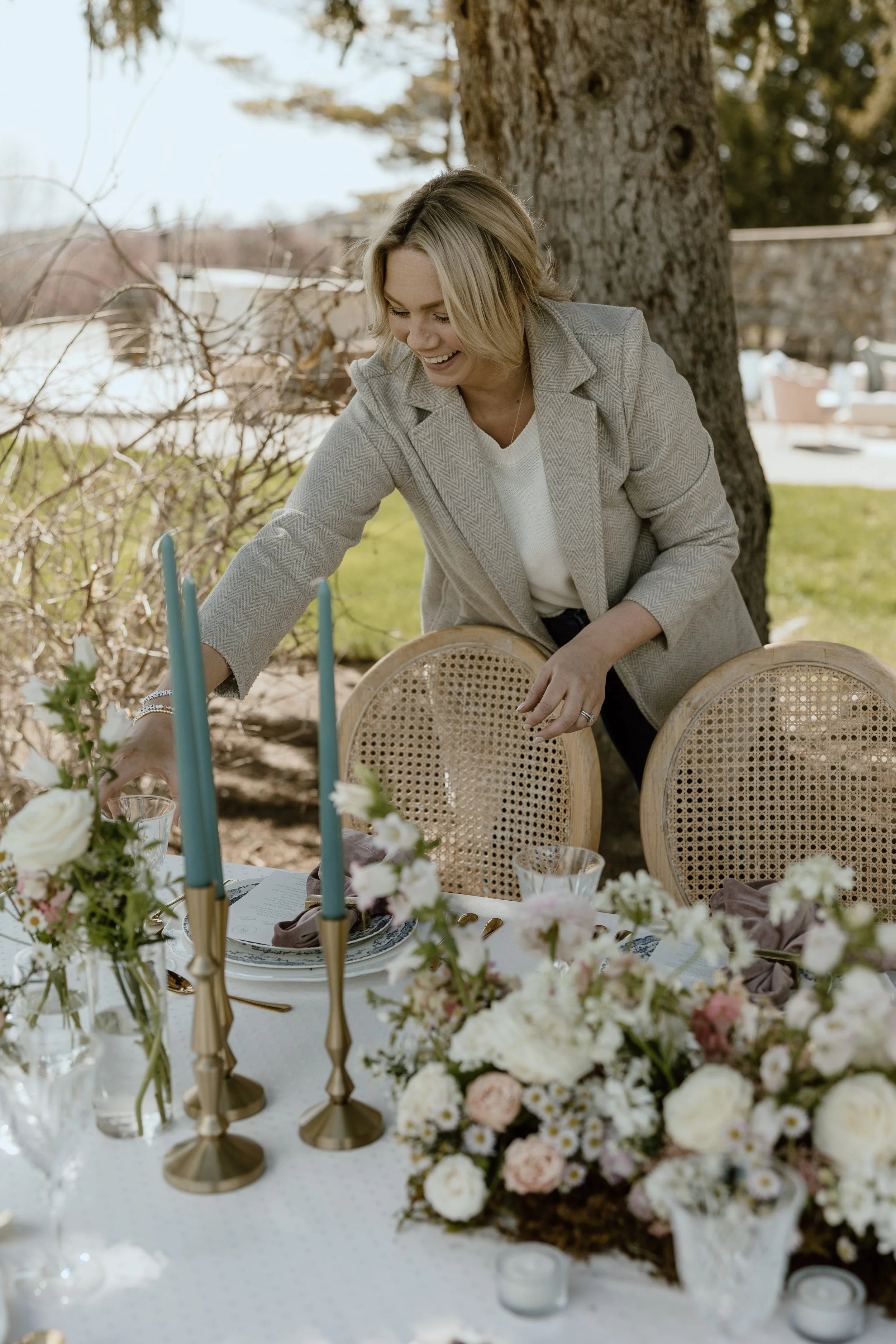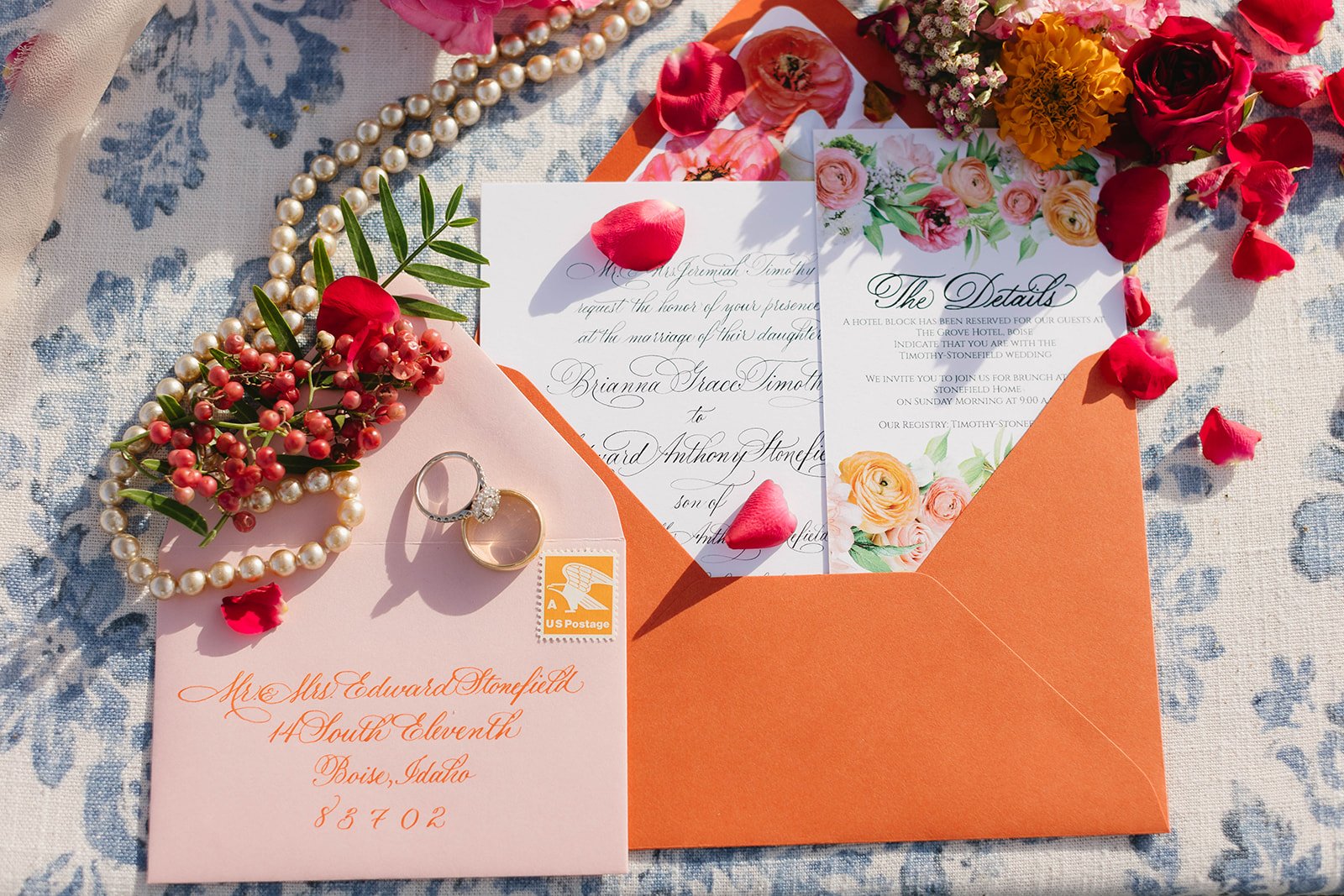Weddings are joyous occasions filled with love, laughter, and, sometimes, a bit of confusion about what to wear. Whether you're the bride and groom, a member of the wedding party, or a guest, understanding wedding attire etiquette can help ensure that you feel comfortable and confident on the big day. From black-tie affairs to casual beach ceremonies, here's your guide to navigating wedding attire etiquette with grace and style.
Understanding the Dress Code:
Formal: Black tie typically indicates evening wear for both men and women. Men should opt for tuxedos, while women can wear elegant evening gowns or cocktail dresses.
Semi-Formal: Often referred to as cocktail attire, this dress code allows for a bit more flexibility. Men can wear dark suits, while women can opt for chic cocktail dresses or dressy separates.
Casual: Casual weddings call for relaxed attire. Men can wear dress shirts with slacks or khakis, while women can choose sundresses or skirts paired with nice blouses.
Theme-Specific: Some weddings may have theme-specific dress codes, such as rustic chic or beach casual. Be sure to adhere to the theme while still looking appropriate for the occasion.
Dressing for Your Role:
Bride and Groom: As the stars of the show, the bride and groom should dress in attire that reflects their personal style and the formality of the wedding. Traditional white or ivory gowns for the bride and suits or tuxedos for the groom are classic choices.
Wedding Party: Bridesmaids and groomsmen should coordinate their attire with the couple's vision while adhering to the specified dress code. It's essential to communicate with the couple and follow any guidelines they provide.
Parents and Family: Parents of the couple and other close family members should aim to dress in attire that complements the wedding party while avoiding overshadowing the bride and groom. Consult with the couple if unsure about appropriate attire.
Guest Etiquette:
RSVP Promptly: Respond to the wedding invitation as soon as possible, indicating whether you'll attend and if you'll bring a guest.
Respect the Dress Code: Adhere to the specified dress code on the invitation. When in doubt, it's better to dress slightly more formal than too casual.
Avoid White: As a guest, it's generally considered impolite to wear white to a wedding, as it can detract from the bride's attire.
Dress Comfortably: Choose attire that allows you to move comfortably and enjoy the festivities without feeling restricted or self-conscious.
Final Tips:
Plan Ahead: Avoid last-minute wardrobe crises by planning your outfit well in advance of the wedding day.
Consider the Venue: Take the location and time of the wedding into account when selecting your attire. Outdoor ceremonies may require different attire than indoor receptions.
Be Respectful: Above all, remember that a wedding is a celebration of love, and your attire should reflect the joyous spirit of the occasion.




